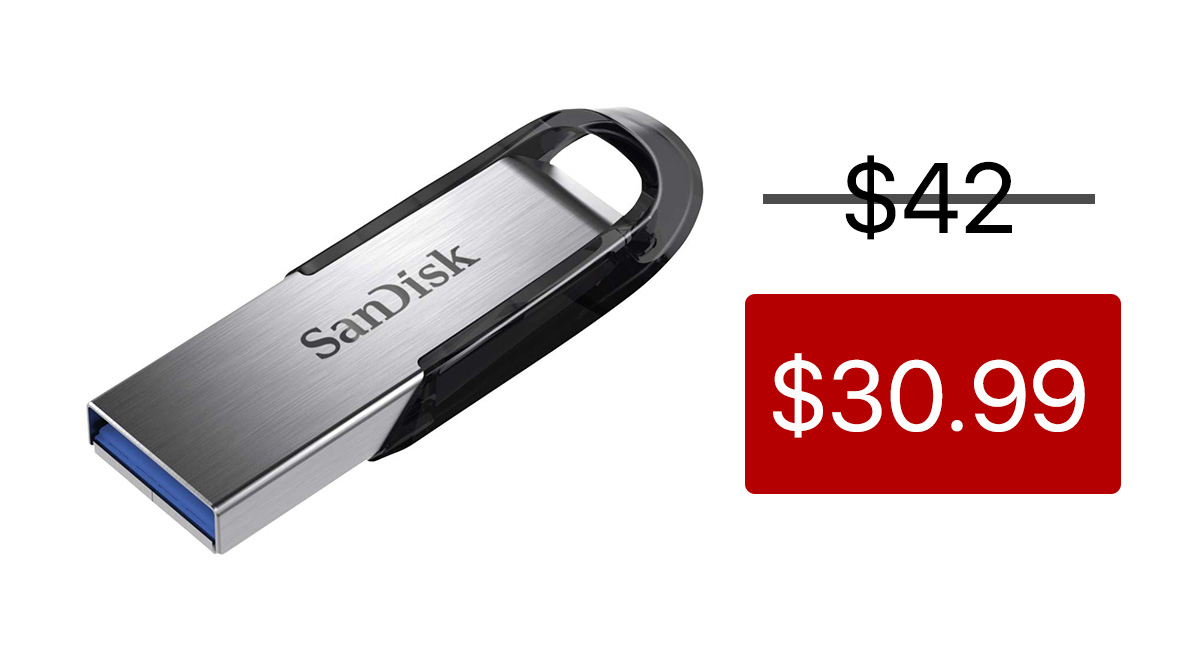
- PASSWORD PROTECT FLASH DRIVE MAC HOW TO
- PASSWORD PROTECT FLASH DRIVE MAC MAC OS
- PASSWORD PROTECT FLASH DRIVE MAC PRO
- PASSWORD PROTECT FLASH DRIVE MAC PASSWORD
- PASSWORD PROTECT FLASH DRIVE MAC WINDOWS
PASSWORD PROTECT FLASH DRIVE MAC PRO
Thinking to sell your old Mac? iGotOffer is the best place to sell MacBooks, iMacs, Mac mini, Mac Pro and other devices online.ĥ0+ new macOS Mojave 10. Everything About Apple’s Products – The complete guide to all Apple consumer electronic products, including technical specifications, identifiers and other valuable information. PASSWORD PROTECT FLASH DRIVE MAC PASSWORD
Encrypt and protect a disk with a password using Disk Utility on Mac – Apple Support. Enter the password to confirm the decryption. Right-click (or Ctrl-click) it and select Decrypt ““… from the contextual menu. Decrypting a USB Drive If you ever want to decrypt the USB flash drive in future, right-click (or Ctrl-click) its disk icon, select Decrypt “” from the contextual menu, and enter the password to turn off encryption protection. If you don’t trust your memory, check the box and the system will switch to automatic access by default. Usually, macOS prompts you to remember your password in Keychain. So, if you forget the string of symbols, you’ll lose the access to the encrypted data forever, or have to pay for expensive forensics. You can work with it in Finder like with a common USB drive: copy, open, delete files – they are encrypted on-the-fly! Of course, you have to type in your password every time you physically detach the drive or re-attach it to the Mac. If it’s successful, the drive icon disappears and remounts.Ĭongratulations! You now have an encrypted USB drive! Verify the password and add a hint if you feel you’ll need it to remember the combination. Tip: You can use our guide on Unique Passcode it works for drives protection as well. Create a password as prompted by Finder. Right-click (or Ctrl-click) it and select Encrypt ““… from the contextual menu. Open Finder and locate the USB drive icon in a Finder window, or in the Finder sidebar. Encrypting a USB Drive Attach the USB flash drive to your Mac and locate its disk icon on your desktop, in a Finder window, or in the Finder sidebar, then right-click (or Ctrl-click) it and select Encrypt “”… from the contextual menu. 
It’s normal don’t panic.Ĭongratulations! You now have a blank USB drive! Close Disk Utility. If it’s successful, the drive icon disappears and remounts. This enables you to open the encrypted drive on Macs with older macOS.
PASSWORD PROTECT FLASH DRIVE MAC MAC OS
Click the Format drop-down menu and select Mac OS Extended (Journaled).  Click the Scheme drop-down menu and select GUID Partition Map. Try to choose the one you can easily recognize. Click the Erase button on top of the right pane to bring up the Erase USB dialog. Tip: Click on the heading to see the drop-down list of all active external devices. Select your USB drive in the left panel under the heading External. In the Disk Utility toolbar, click the View button and select Show All Devices. Tip: Open Spotlight search and type in Disk Utility”. Go to Applications -> Utilities -> Disk Utility.
Click the Scheme drop-down menu and select GUID Partition Map. Try to choose the one you can easily recognize. Click the Erase button on top of the right pane to bring up the Erase USB dialog. Tip: Click on the heading to see the drop-down list of all active external devices. Select your USB drive in the left panel under the heading External. In the Disk Utility toolbar, click the View button and select Show All Devices. Tip: Open Spotlight search and type in Disk Utility”. Go to Applications -> Utilities -> Disk Utility. PASSWORD PROTECT FLASH DRIVE MAC HOW TO
It’s important to mention that the formatting process depends on your drive storage capacity and on the amount of data stored on it! Here are all the steps you need to follow How to prepare a USB Drive for encrypting in macOS Mojave. Our task is to get rid of both and reformat a drive.īecause data will be erased during the formatting, a very critical step is to pick up a used USB drive and copy the data on the USB drive to a safe location, like your Mac’s internal disk, iCloud, or any other cloud files storage.
PASSWORD PROTECT FLASH DRIVE MAC WINDOWS
Unfortunately, all USB drives from the shelf usually have Windows compatible FAT32 or NTFS systems and some bloatware from the maker. Therefore, the encryption works with drives that feature GUID Partition Map only.

Starting with macOS High Sierra (10.13), Apple switched to the new HFS+ or Apple File System. (Please note that this method only works with Mac Windows desktops use third-party decrypting apps.) Preparing a USB Drive You can encrypt and afterwards decrypt any USB flash drive or USB-connected hard drive if you’re on the go and want to be sure your data is safe and secure on its way to another Mac. Finder inherits XTS-AES encryption from FileVault 2, which bans no-password access to data on a Mac’s startup disk. One of the great macOS Mojave highlights is an encrypt-on-the-fly option, which is built into Finder.







 0 kommentar(er)
0 kommentar(er)
